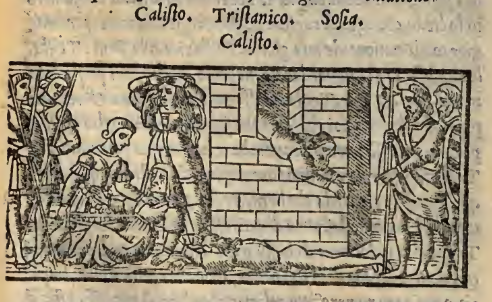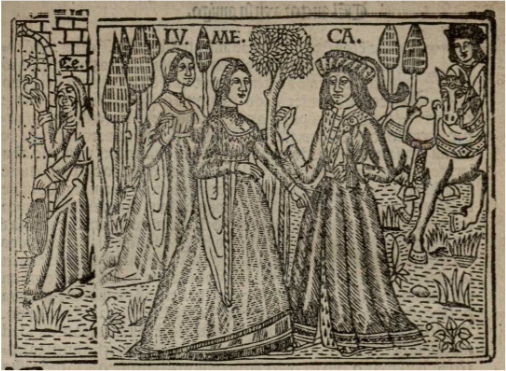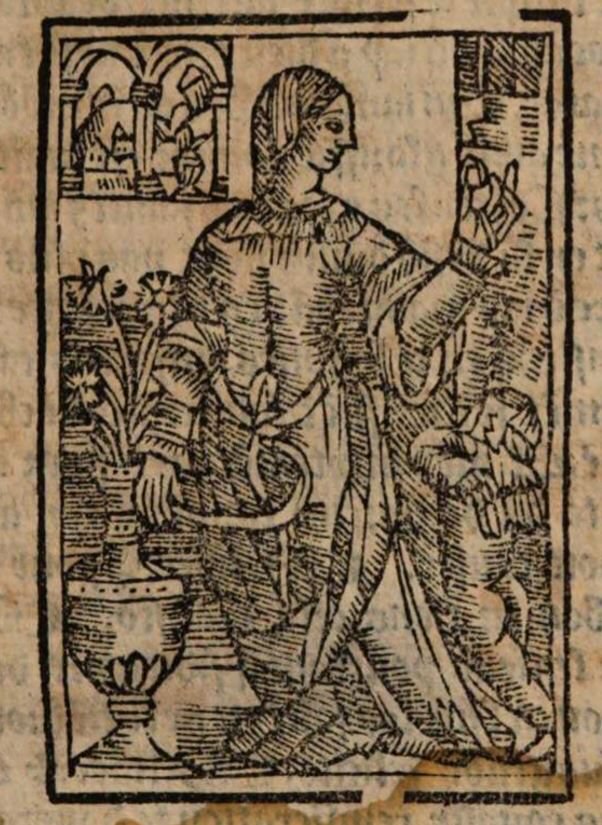
La Celestina
La Celestina, originally known as Comedia de Calisto y Melibea, was first published in 1499 by Fadrique in Burgos. The first edition included 16 acts. By 1500, additional acts were added, as well as the new title, Tragicomedia de Calisto y Melibea. The text, now widely known as La Celestina, is attributed to Fernando de Rojas and is among the most significant works of the Spanish canon. The work demonstrates key characteristics of the time such as fortune (and greed), death, love, honour, loyalty, and virtue. Its central character, Celestina, is a go-between who also practices witchcraft and runs a brothel; she attempts to sow the seeds of love between a young couple but her efforts result in tragedy. While entering into discussions on prostitution, class structures, and canonical law, La Celestina upends what promises to be a comedy at the story’s outset to conclude with the deadly love story of Calisto and Melibea.
The CEMVC’s collection includes images that span the years 1499-1899. The selection below compares two depictions of act XII, in which Pármeno and Sempronio murder Celestina, and when trying to escape by jumping out of a window, are critically injured. In the first image, one can see the murder on the left and the escape on the right. In the second image the alguacil (police) find the murdered Celestina on the left, and we are shown the the escape on the right. Despite showcasing the main events, the images differ through their depiction of violence.
CEMVC La Celestina Collection
de Basilea, Burgos (1499)
Cromberger, Seville (1502)
Cromberger, Seville (1518-1520)
Arrivabene, Venice (1519)
Wirsung & Grymm, Augsburg (1520) (Coloured)
Wirsung & Grymm, Augsburg (1520) (Uncoloured)
Du Pré, Paris (1527)
Saint-Denis, Paris (1529)
Nourry, Lyon (1529)
Arrivabene, Venice (1531)
Steiner, Augsburg (1534)
de la Porte, Paris (1542)
de Bendoni & Hordognez, Venice (1543)
Heyndricz, Antwerp (1580)
Heyndricz, Antwerp (1616)
Gorchs, Barcelona (1841)
Krapf, Vigo (1899)



















